Kiyomizu Temple, Yasugi
On the voyage to Hiroshima, we wanted to stay in a traditional Japanese inn, known as a Ryokan. It’s much easier to find one online than even a few years ago, but I was thinking that it was probably even easier 500 years ago. Back then, mind you, you’d have 1 horsepower and the journey would take a lot longer. We had a whole 58 horsepower in our Daihatsu Move (a little kei-car with a mid-size motorbike engine), and were making light work of crossing central Japan.
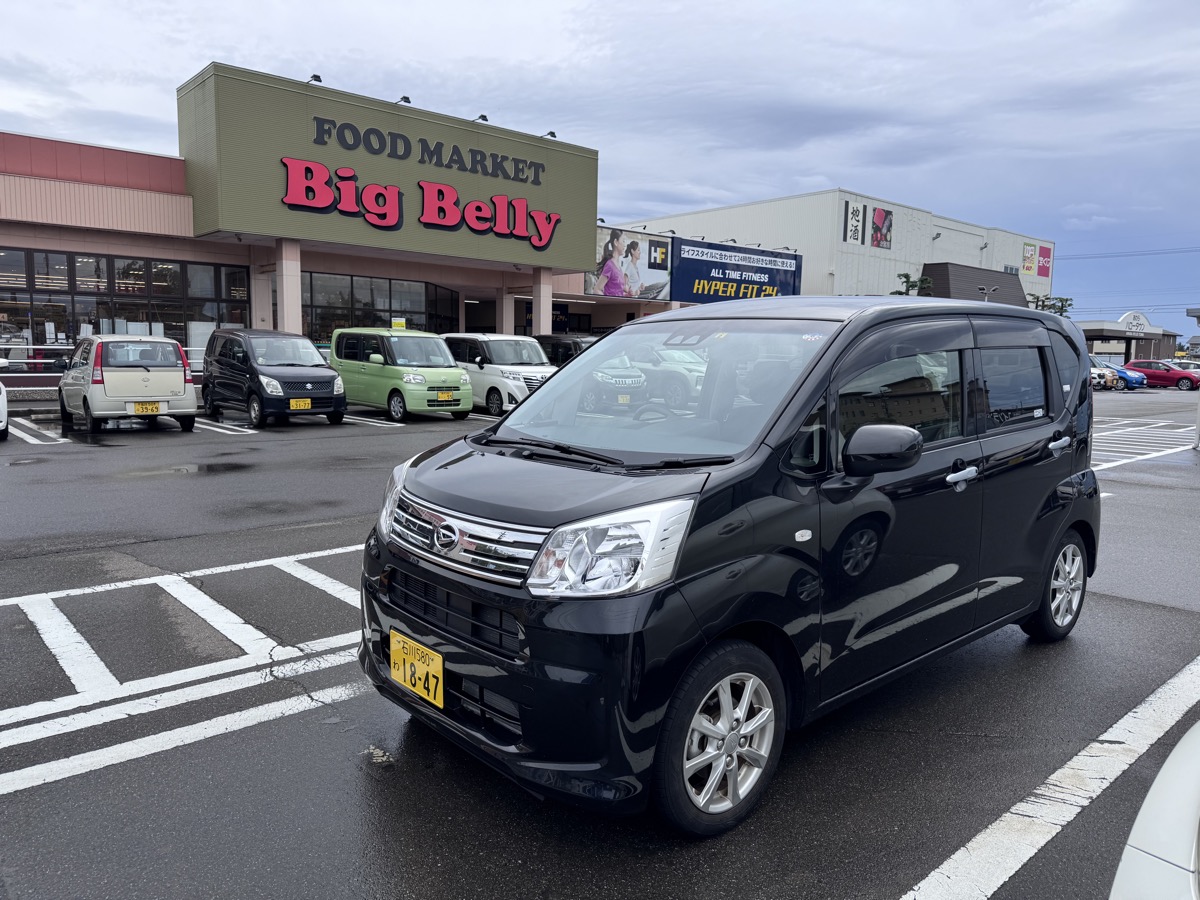
We managed to find shelter at a traditional inn located within the grounds of a Buddhist Temple. I’ve stayed in Ryokan before but never within a temple. This was a completely new experience and one so serene, it will stay with me for the rest of my life.
Temple lodgings (宿坊, shukubō) are ~Buddhist temples~ that provide visiting pilgrims and tourists with overnight accommodation within their grounds. Open to both practitioners and non-practitioners alike, shukubo offer travelers an excellent chance to experience the simple, austere lifestyle of ~Buddhist~ monks, while staying at a functioning temple. In addition, visitors are usually invited to watch or participate in activities such as morning prayers or meditation. Only a small number of temples offer shukubo accommodation. They are most common around popular pilgrimage destinations such as ~Nagano~, ~Kyoto~, ~Osorezan~, ~Mount Mitake~and ~Dewa Sanzan~. But the most popular destination to experience a temple stay is at one of over 50 shukubo on ~Mount Koya~, where the monks are accustomed to foreign guests and reservations can be easily made in English.
Excerpt above is from Japan-Guide.
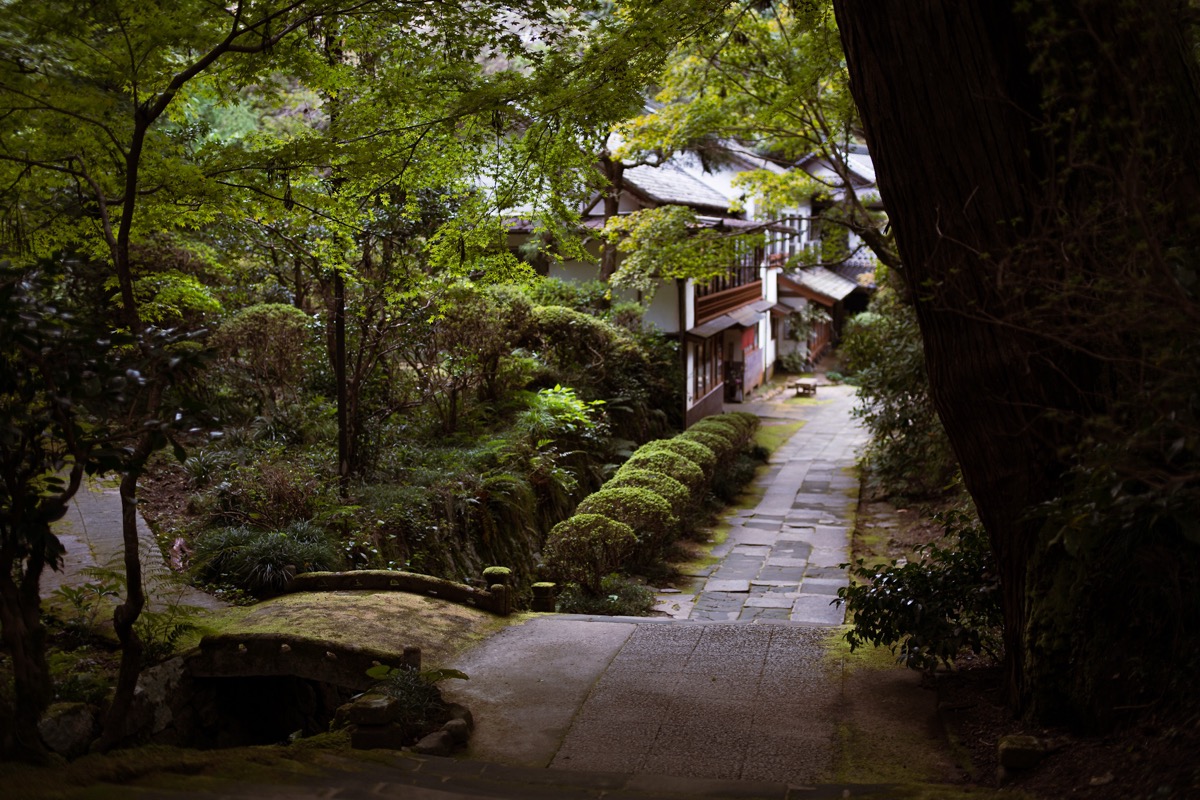
There’s peaceful, and then there’s staying in a Buddhist temple peaceful. The thin paper walls and wooden building only protect from the elements in the most necessary way. We arrived in the dead of night, and awoke in the morning to the sound of the wind passing gently through the trees.
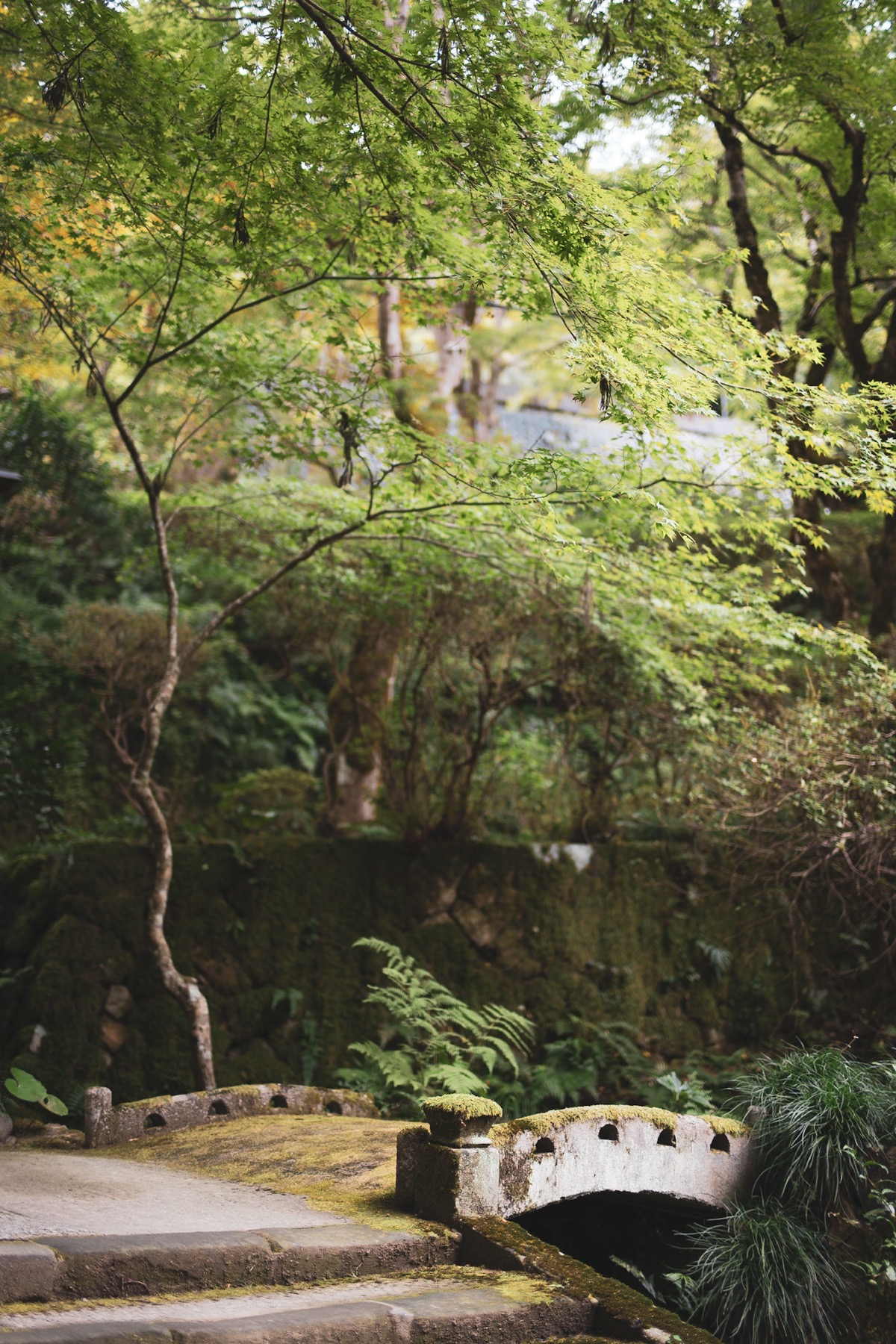
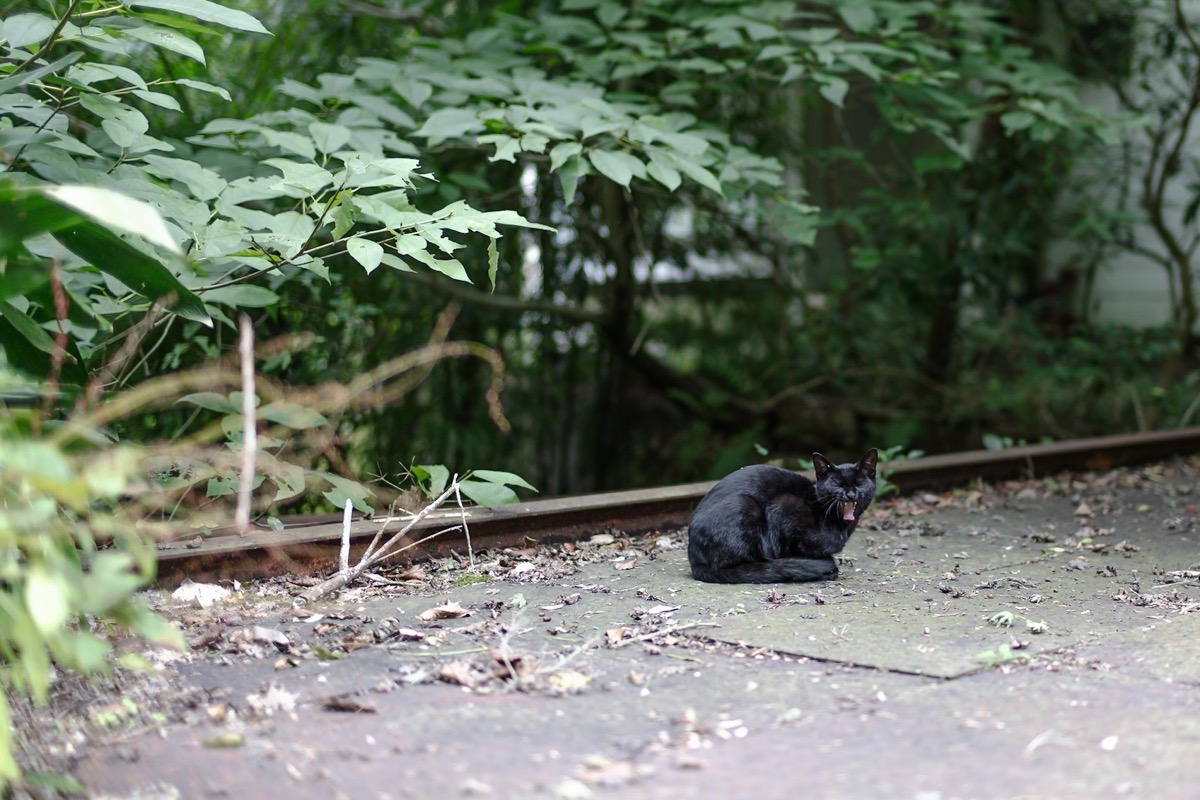
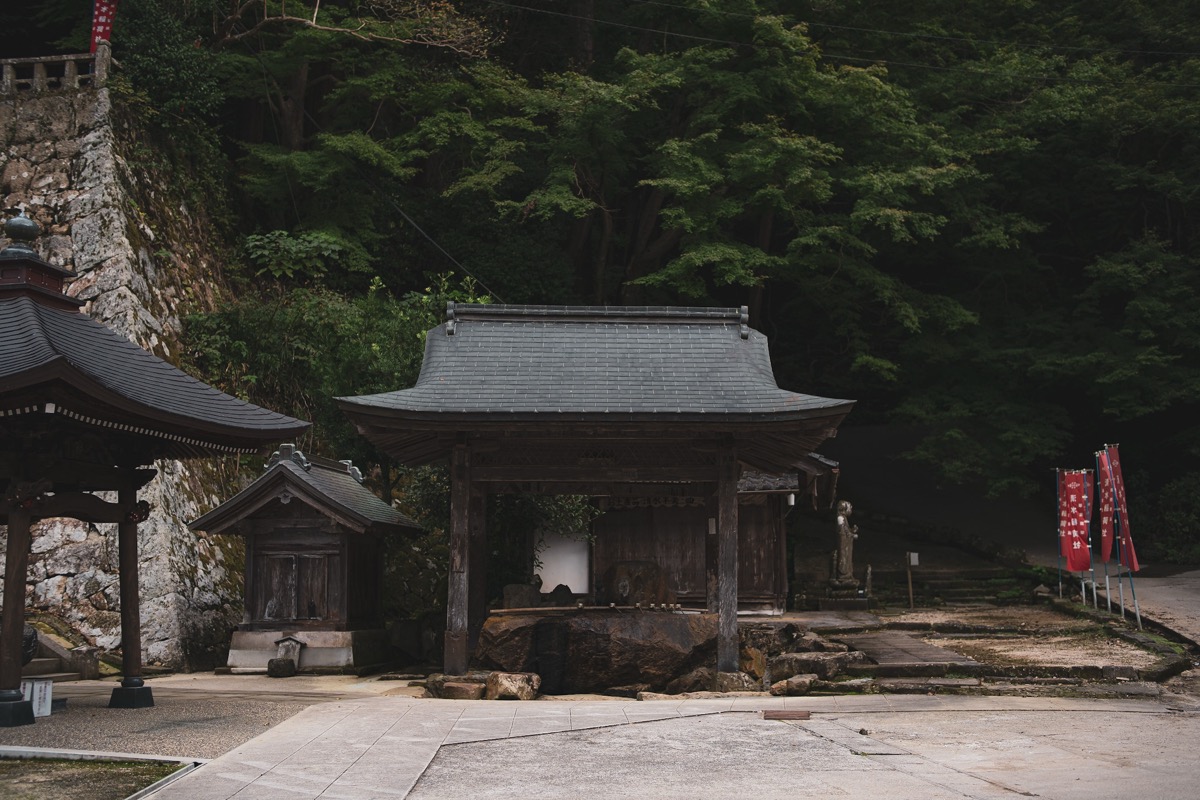
We explored the grounds, but remained completely within the temple area all day. We arranged for dinner (breakfast is typically included, but not dinner), which was an absolute feast with a myriad of small plates and flavours. All vegetarian, the traditional Japanese way, everything was delicious and presented perfectly.
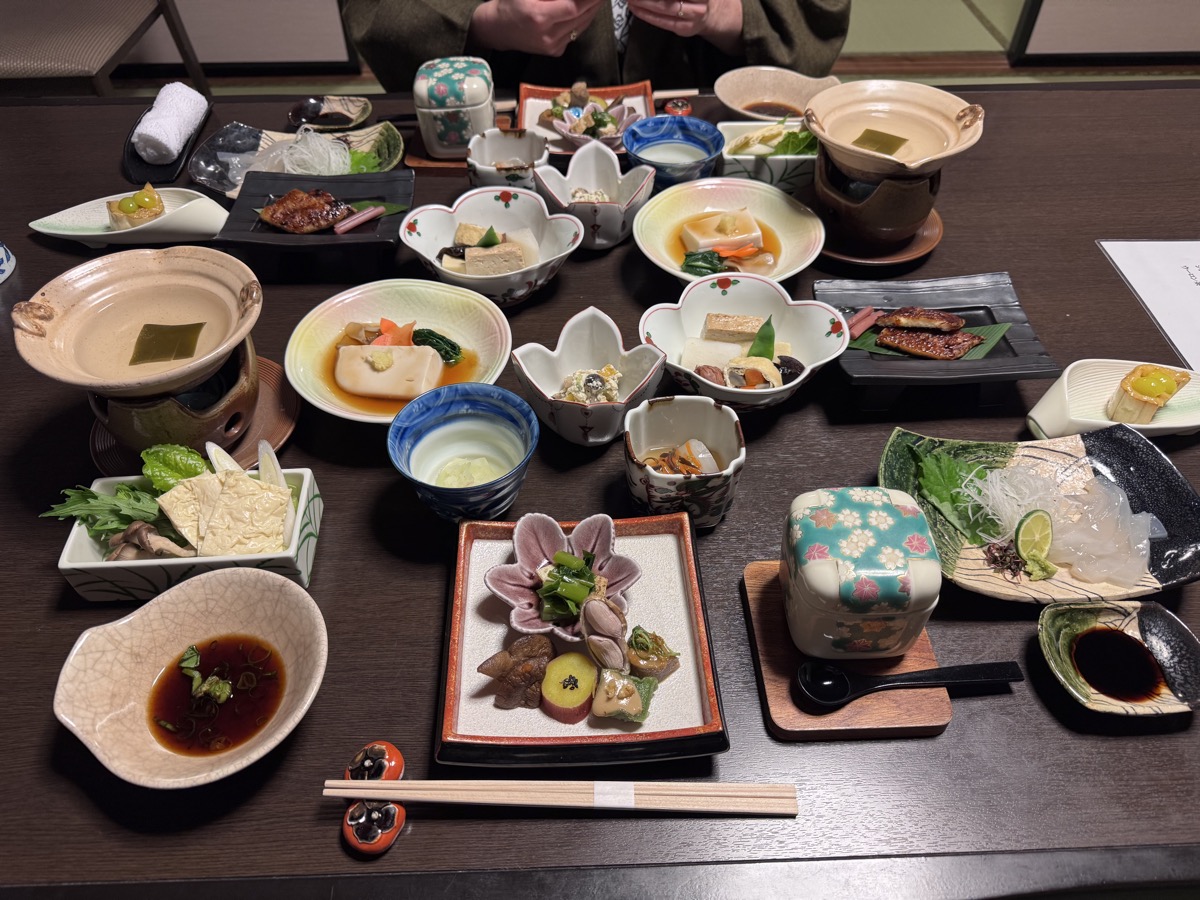
This is what it feels like to be really disconnected from the so-called problems of the world. I most recently have started reading a couple of books on Zen Buddhism and find them quite useful in destressing and focussing on being more present in life and less anxious or over-thinking.
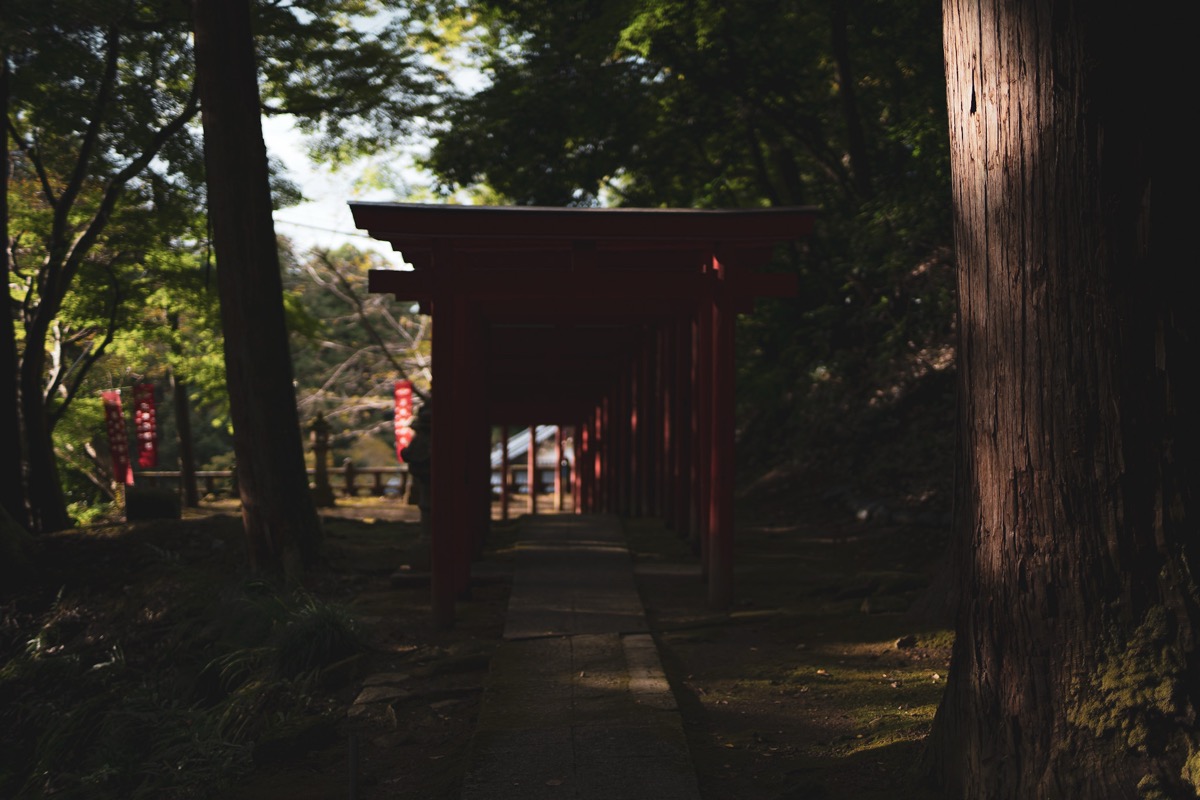
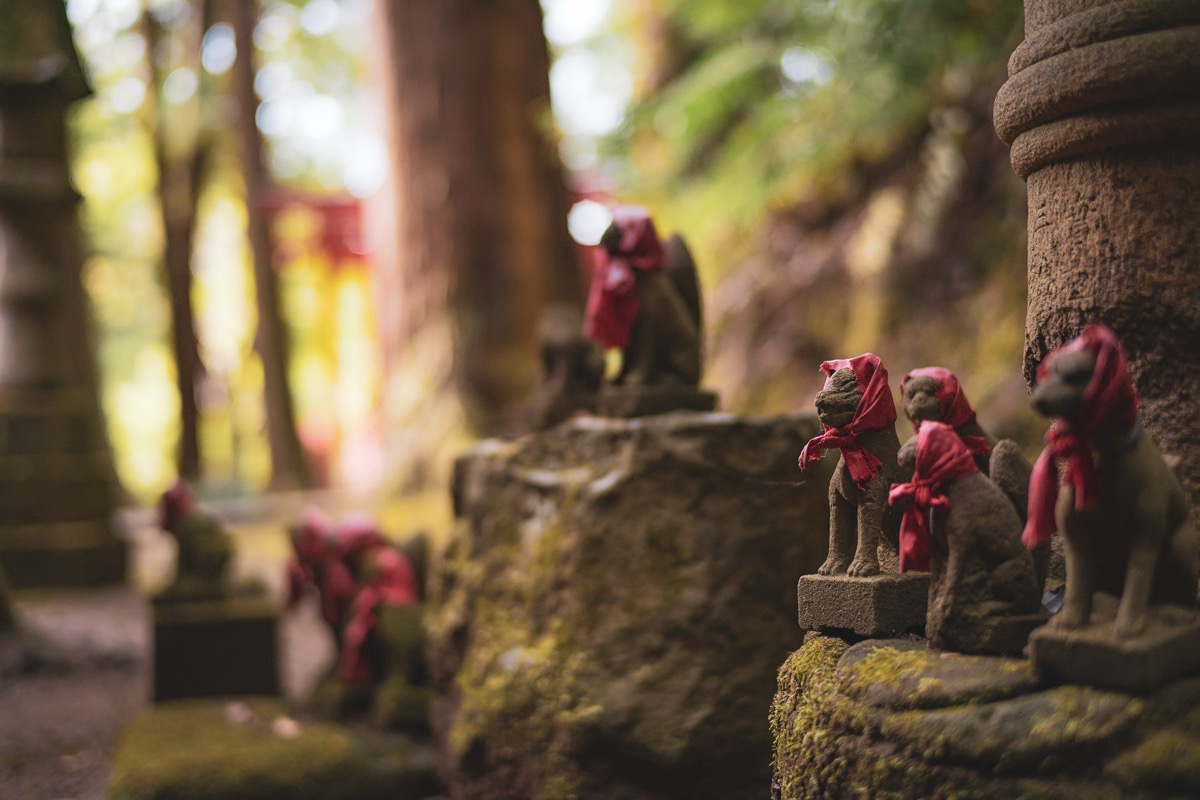
The grounds of Kiyomizu Temple in Yasugi are vast and historical, going back centuries. Hardly, anything has changed here over the centuries, and all of the electricity installations and “modern” conveniences are very clearly classical Showa era (1926–1989) and not from this millennium. Much of Japan is like this, with Tokyo being something of an exception. The economy of Japan grew with no signs of slowing down from 1945 until 1989, hence the strong influences in Blade Runner and Alien and other sci-fi from the 1970s, where it looked as if Japan would be the dominant global economy by the year 2000.
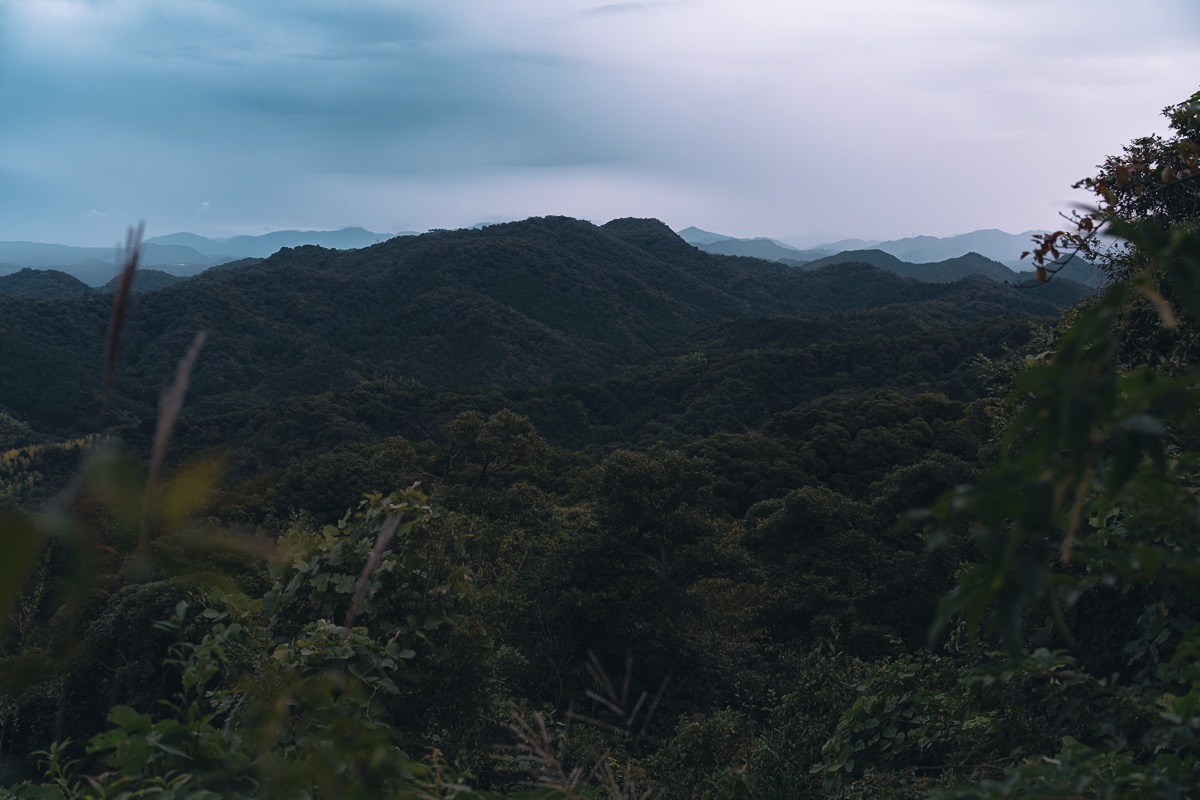
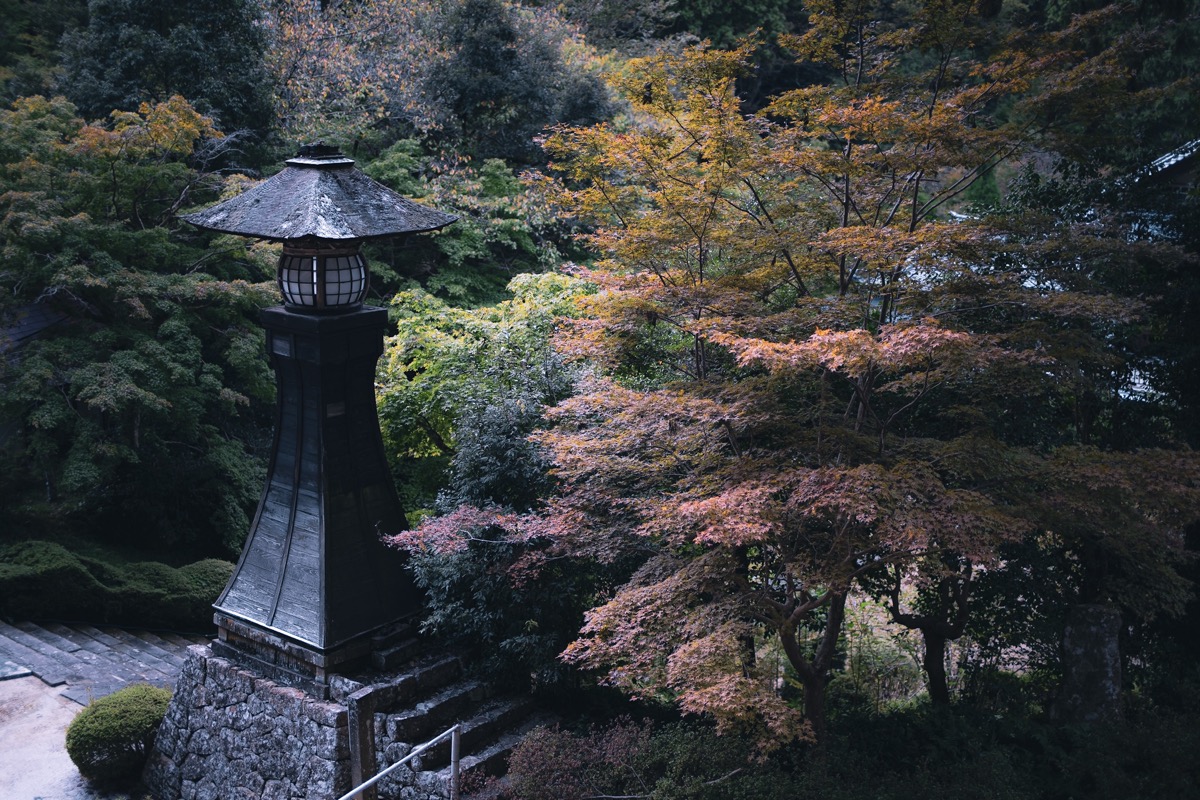
Once we’d had the most relaxing 2 nights possible, we hopped back into our little car and drove north to see the sea, and some sand…

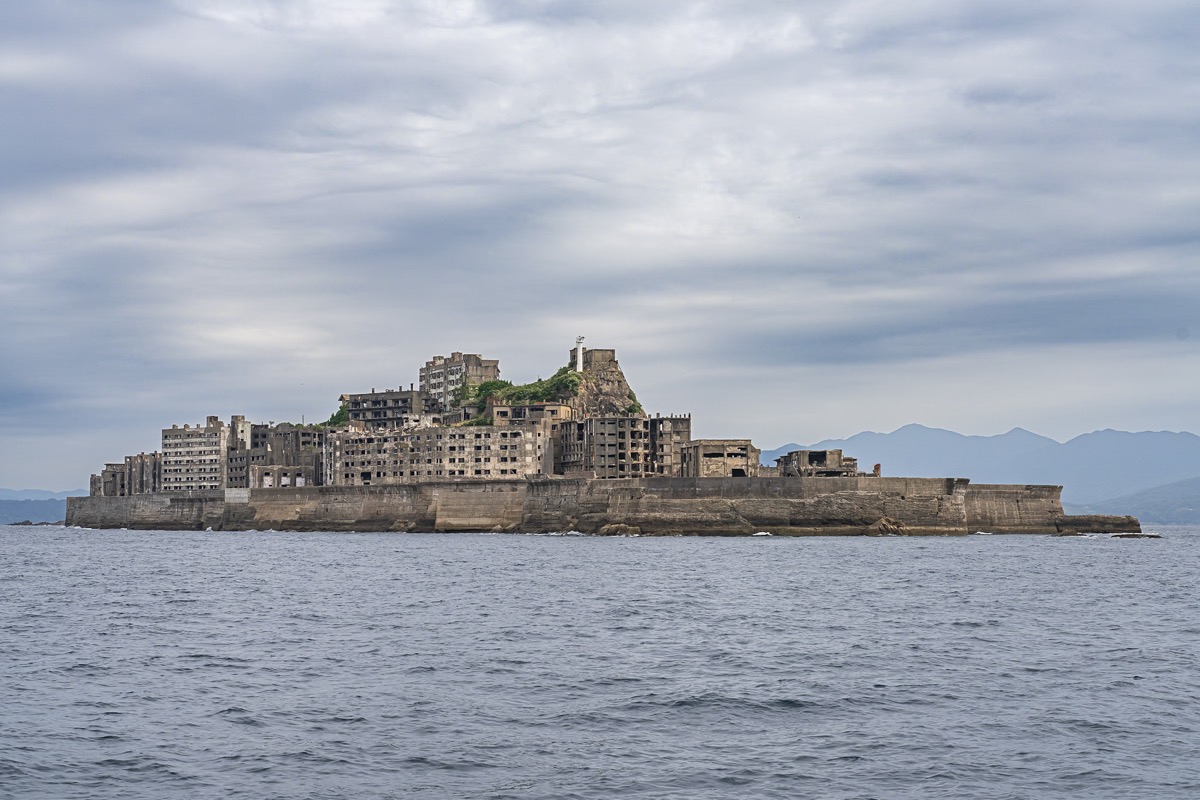
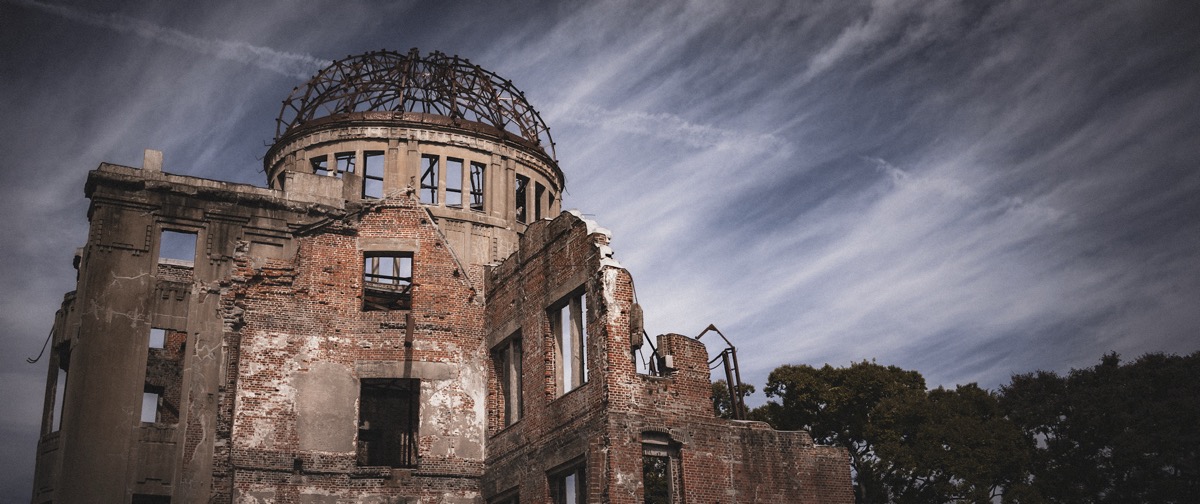
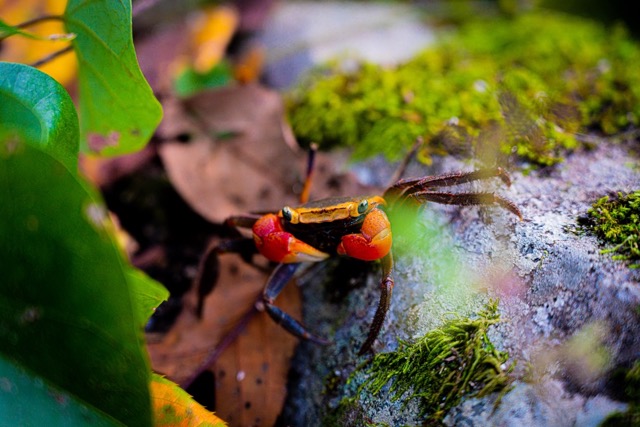
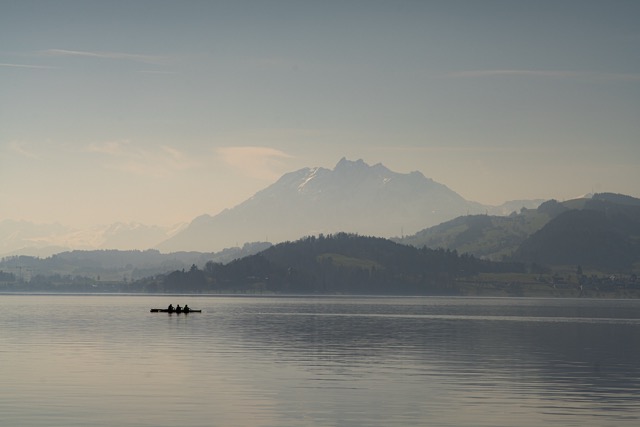
Leave a comment